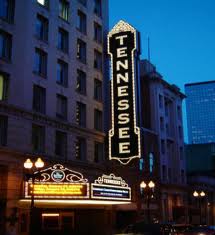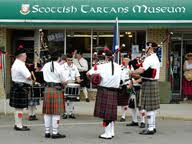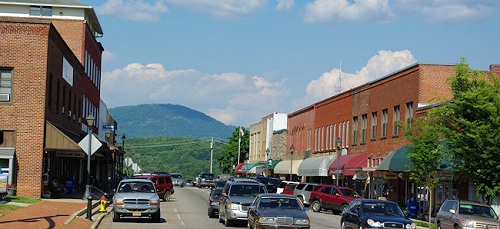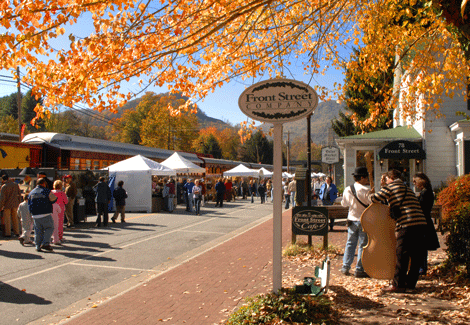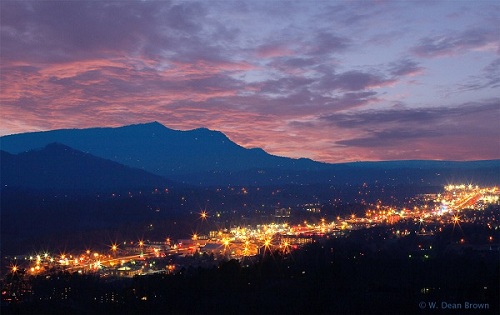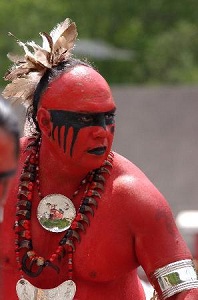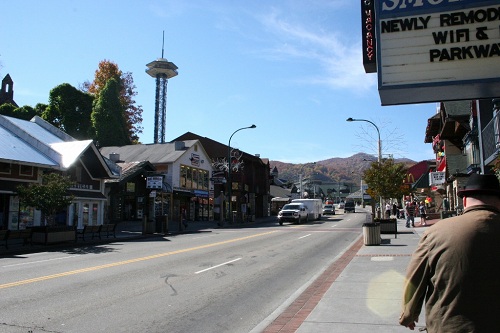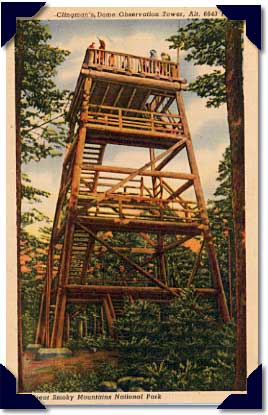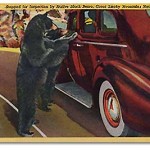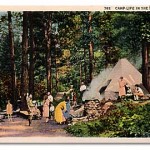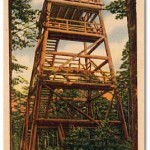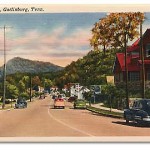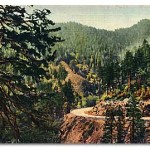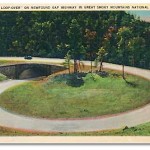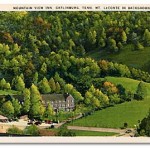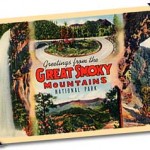 On October 1, 1928, a landmark was opened on Gay Street in Knoxville, TN – The Tennessee Theatre. The first movie they ever played at this grand old theater was The Fleet’s In with Clara Bow. From that time until today, this theater has been a cornerstone ofthe culture and history of Knoxville and East Tennessee. Over the years, this venue has brought both the Silver Screen and live shows to the area and to this day is one of the favorite place sin the Smokies to take in a play or a movie. Tradition and history are the catch words of the day at the Tennessee Theatre.
On October 1, 1928, a landmark was opened on Gay Street in Knoxville, TN – The Tennessee Theatre. The first movie they ever played at this grand old theater was The Fleet’s In with Clara Bow. From that time until today, this theater has been a cornerstone ofthe culture and history of Knoxville and East Tennessee. Over the years, this venue has brought both the Silver Screen and live shows to the area and to this day is one of the favorite place sin the Smokies to take in a play or a movie. Tradition and history are the catch words of the day at the Tennessee Theatre.
Knoxville’s Grand Entertainment Palace
From its inception, the Tennessee Theatre dominated the Gay Street area of Knoxville. On Saturdays kids from around the city flocked to the corner to buy tickets and stand in line to take in the Saturday afternoon serials at the theater. Throughout the years, movies were opened at the theatre, star studded casts were in attendance at show like Thunder Road – Robert Mitchum was in attendance at this premier. The theater has been renovated several times over the years. Each time it has gone through renovations, it has kept that old flare, that fill that it had the day it opened. Unlike movie theaters of today, the inside of the Tennessee Theatre is a feast for the eyes, a testament to the builders that made this the Grand Palace of Entertainment that it still is.
The Official State Theatre of Tennessee
 In 1999, the Tennessee Theatre was made the Official Theatre of the State of Tennessee. This designation, the establishment o the Historic Tennessee Theatre Foundation and the fact that people were donating money to the theatre meant that another, bigger renovation could occur. The stage was modified to accommodate larger productions, enhancements to the acoustic nature of the theatre, modernized lighting and rigging and updates to the carpet and other decorations in the theatre. The whole process of this renovation kept the original nature of the theatre in mind, kept the look and feel while making sure that the Tennessee Theatre was able to stay functional and bring in the best that Broadway and artists might have to offer.
In 1999, the Tennessee Theatre was made the Official Theatre of the State of Tennessee. This designation, the establishment o the Historic Tennessee Theatre Foundation and the fact that people were donating money to the theatre meant that another, bigger renovation could occur. The stage was modified to accommodate larger productions, enhancements to the acoustic nature of the theatre, modernized lighting and rigging and updates to the carpet and other decorations in the theatre. The whole process of this renovation kept the original nature of the theatre in mind, kept the look and feel while making sure that the Tennessee Theatre was able to stay functional and bring in the best that Broadway and artists might have to offer.
Another aspect of the Tennessee Theatre is the Mighty Wurlitzer. This pipe organ was installed when the theater opened in 1928. For silent movies this Wurlitzer Organ provided the music and fell of the movie. For the ‘talkies’ the Mighty Wurlitzer was the pre-show entertainment. Nowadays, getting to hear the Mighty Wurlitzer played by a professional organist takes place most Mondays at the Tennessee Theatre. The pipe organ was completely renovated in 2000 and is now a draw all by itself . Throughout the year, the concerts that are given with th organ fill this grand olde theatre from top to bottom and side to side.
Check out the Tennessee Theatre the next time you are in the Knoxville area. Visit their website and see what is playing or what Broadway show is in town. You might get a chance to see a play or a performance that is not coming to your area but you will get to see a show performed in a one of the best theatrical venues that East Tennessee has to offer.
Tennessee Theatre
604 Gay Street
Knoxville, TN
865-684-1201
www.tennesseetheatre.com
